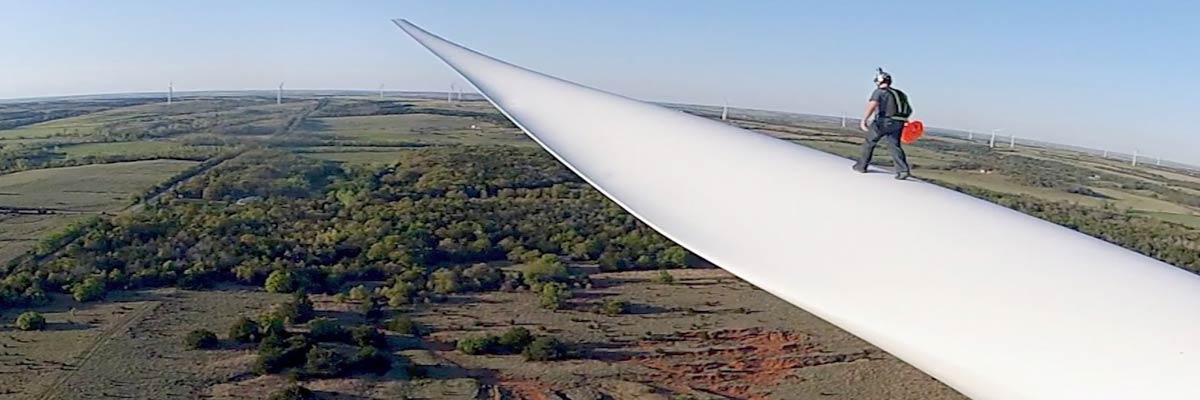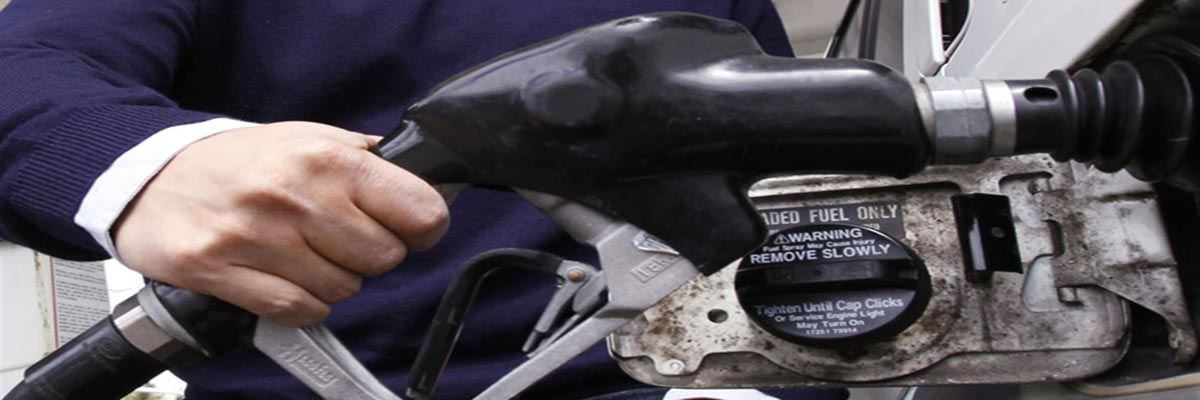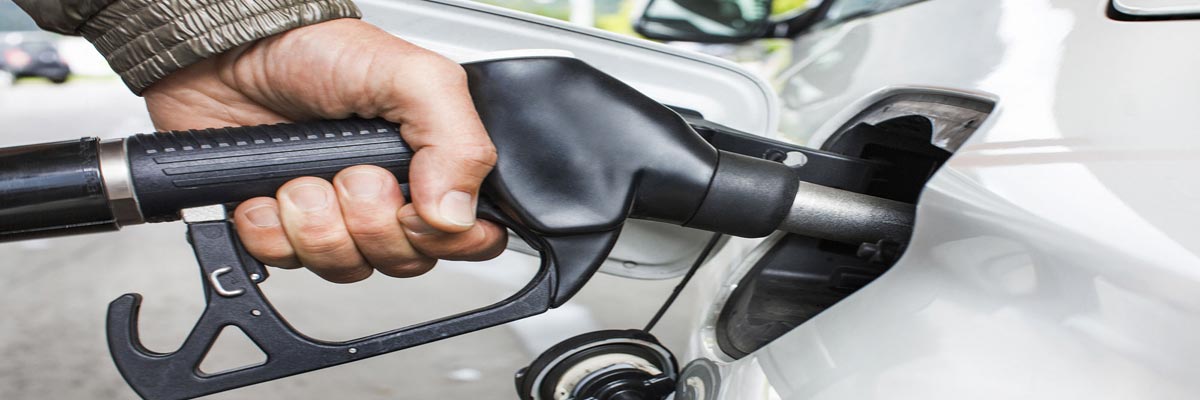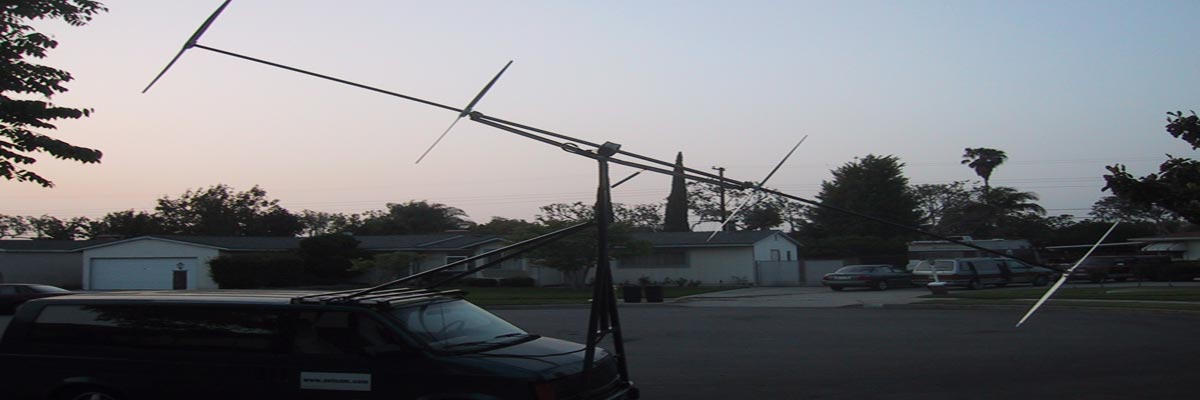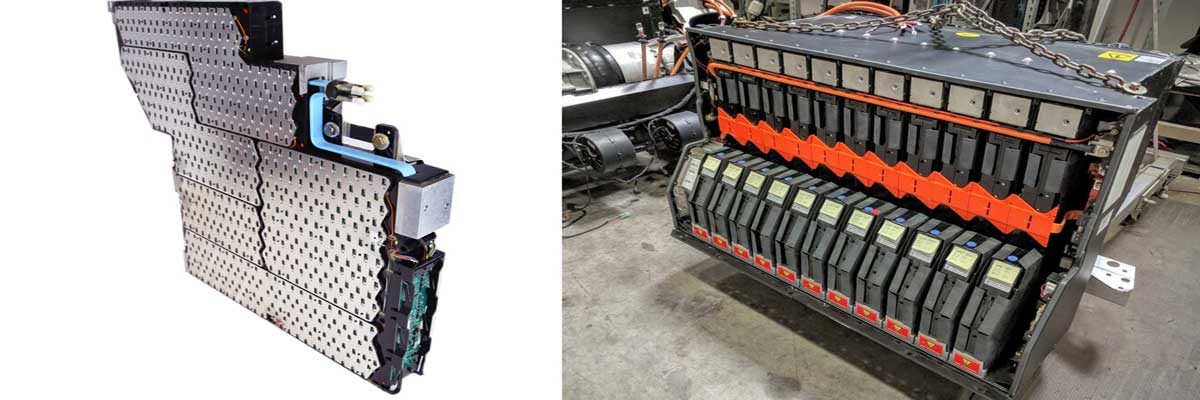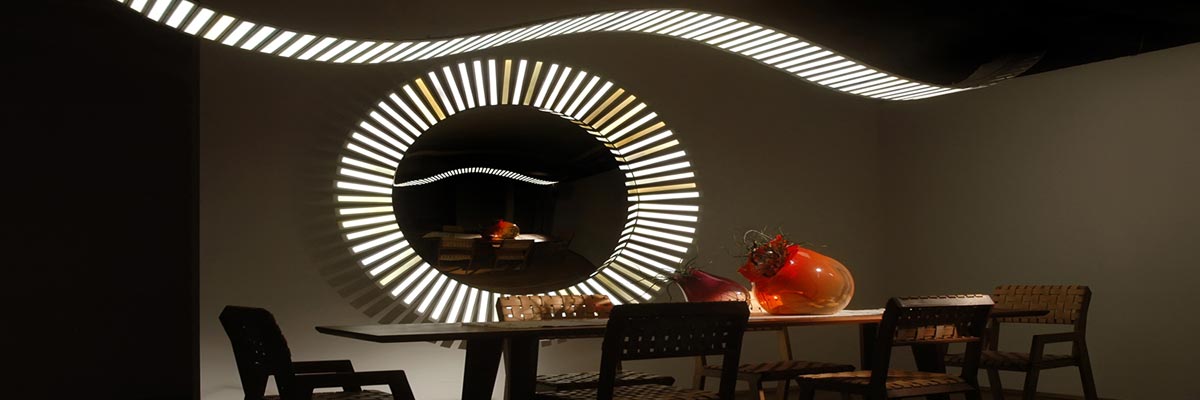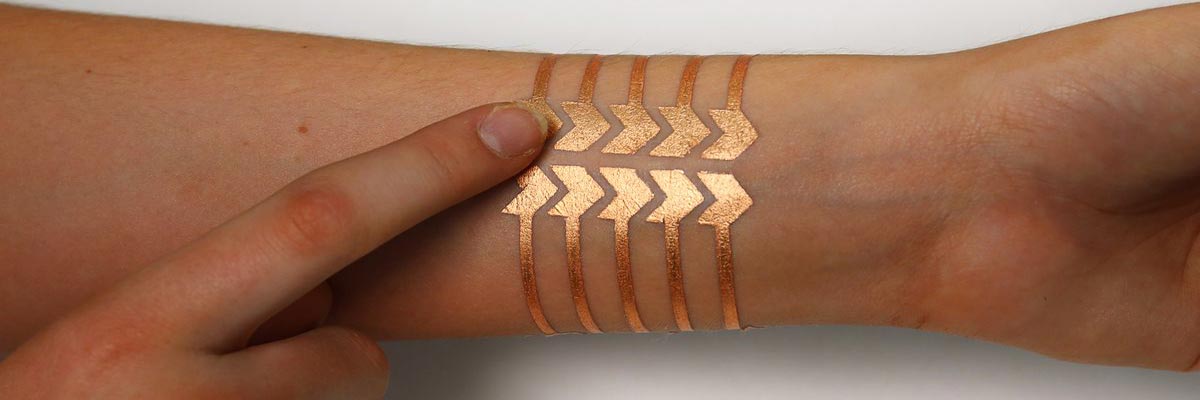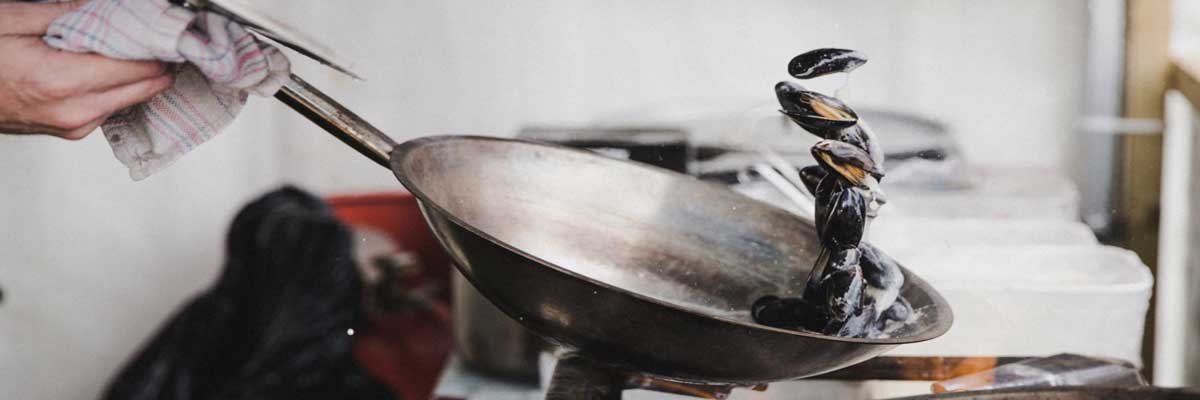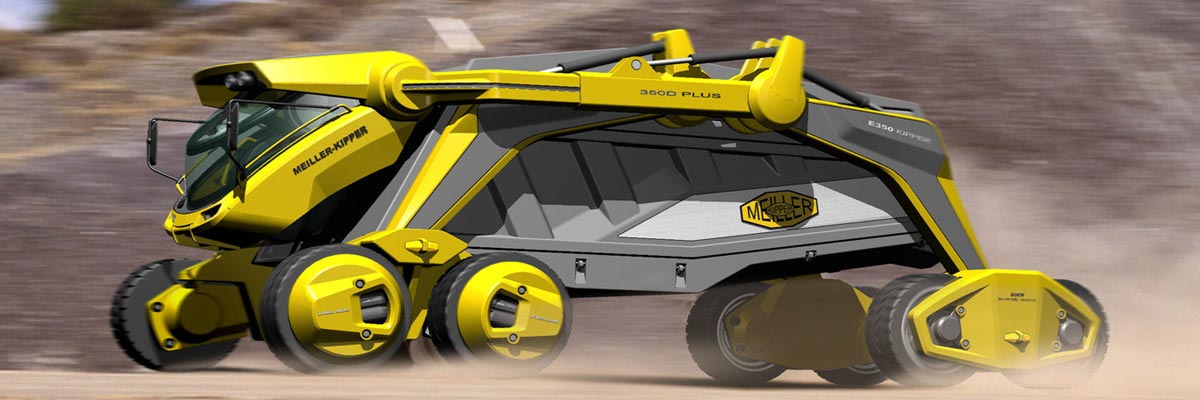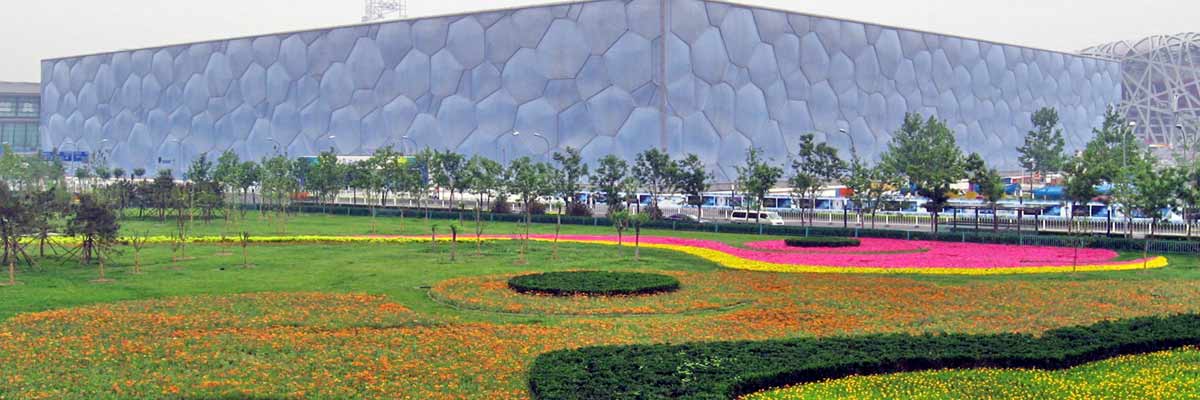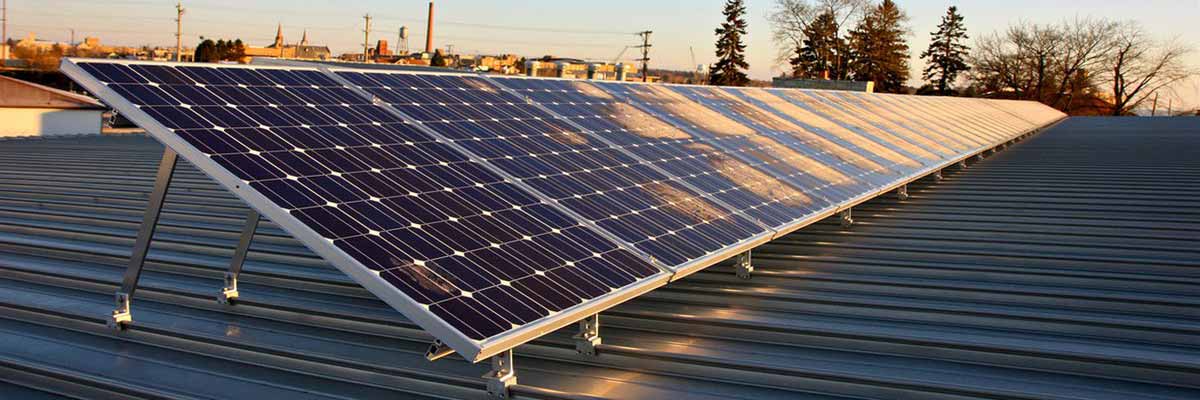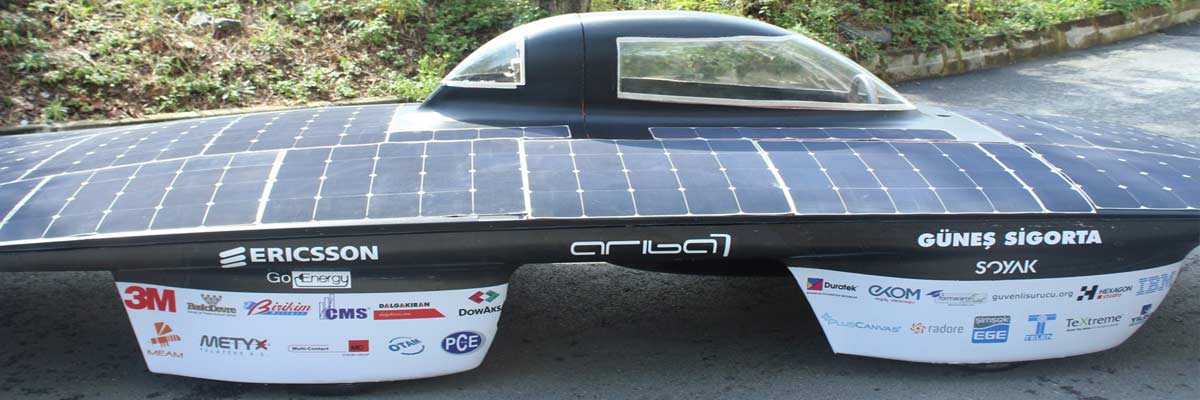Why Off-Shore Drilling Won’t Make A Dent in U.S. Consumption – Graphically Presented
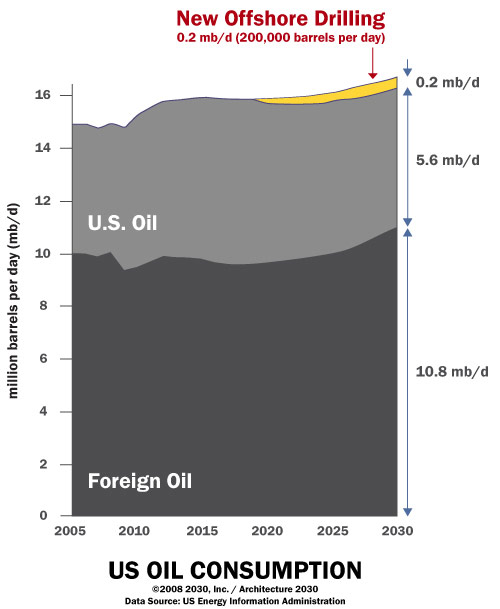
Saw this first at After Gutenberg, but it came via itsgettinghotinhere from a Architecture 2030 e-news bulletin.
A picture (or in this case, a graph) tells a thousand words.
Second-Generation Solar Trees To Be Even More Awesome Than Real Trees
Much praise has been heaped upon designer Ross Lovegrove since his solar trees first debuted in Vienna in October 2007. Essentially a solar-powered streetlamp — but also a work of art — the structure creates, as the designer puts it, “complex natural forms in a city that can benefit all of society.” They also save energy — and have managed to survive Vienna’s dark spells, with light still being generated even after four days without direct sun. From the article,
“When we were setting up the tree outside it was quite wonderful,” Lovegrove said. “Even when we had one stem, it was incredible, it seemed so insignificant but actually it really stood out and it proves this point that modern technology and design can really lift people’s spirits, it becomes an eye catcher because it’s sort of out of context. The Solar Tree is just a streetlamp but actually some of the small things which can have a big impact on our life are all open for reinterpretation.”
With the first-generation lamps firmly planted on some of Europe’s most famous streets, Lovegrove is now planning on the next-generation design. It will be called the “Adaptive Solar Tree” and, just like the real thing, will feature robotics that seek out sunlight or respond to changes in weather.
Base Jumping Off Of Wind Turbines Probably Not Legal
It was only a matter of time.
With most commercial turbines over 265 ft. tall, they were bound to attract the base jumping crowd. Thing is, they’re not the easiest things to get access to — so we’re wondering whether this crew has an inside man to let them climb to the top. Not to mention turn off the turbine for the jump. Nice view, though.
Peak Energy And What That Means For Food
Note: The following is a peak energy introduction written with Sharon Astyk for our forthcoming book, “A Nation of Farmers: Defeating the Food Crisis on American Soil,” to be published in the Spring of 2009 by New Society Publishers. This excerpt will be a review for those who follow her site and mine but might be interesting to those who have only recently become agitated by $4/gallon gas and who want to learn more. It’s very important that those of us comfortable with this topic help to shape the emerging conversation as one of opportunity not tragedy. No doubt this will mean doing things differently now and in our future but all is not gloom and doom. The rising cost of energy could be an opportunity to address big problems- a catalyst for positive change. With that in mind we must frame this not as ‘the end of the world’ but as the beginning of something better.
Peak Energy
“To alcohol- the cause of and the solution to all of life’s problems.?
Don’t Pin Your Hopes on a “Green” Economy
Both presidential candidates have stumped for a new “green” economy. To me this smells of the supposed transformation to the “information economy” touted only a decade ago. Fortune had this to say on June 30th:
What senators McCain and Obama believe about U.S. energy policy matters – hugely. To fight global warming, the next President will oversee the transition to a new, green economy , which will result in one of the biggest business transformations of the 21st century and potentially one of the largest transfers of wealth since the creation of the income tax.
Why Higher Gas Prices Are Making Me Smile
I’m not naive — I understand that there are severe hardships in store the longer the price of a barrel of oil soars ever higher. But here’s the thing. Every time I pass by my local gas station and see the numbers a couple cents higher than the day before, I smile. For some that might seem odd — and for those that depend on cheap oil, my sentiments are with you. Unfortunately for all of us, those unaffected and those in dire straits, this had to happen. As someone who champions sustainability day in and out, writes about political hangups to change America’s dependency on oil, and laments our lack of investment in renewable energies, this is a blessing in disguise. My only hope is that this continues — and is less of a “rubberband effect” we all experienced in the wake of Hurricane Katrina three years ago.
Why? Because if we are to shift to an economy that is truly self-sufficient and sustainable, we have to be hit hard collectively in the wallets. It’s the only way. As environmentalists, we can release movies, write articles, hold rallies, and buy all the green products in the world — but to to truly bear witness to real change, it has to come from those not directly involved. In other words, everyone must be faced with a burden. For some, climate change might be their burden and buying a hybrid vehicle or biking to work might be the solution. For others, higher gas prices which affect the bottom line might be their burden. In the end, what matters most is that it is a common hardship. Whatever the personal impact, the demanded outcome will be in unison.
Tapping Trees For Diesel Fuel
Australian farmers are embarking on a bit of an experiment to see whether or not they can self-sustain their production using diesel-producing trees. As some may know, I have a bit of a love-affair with plants that can produce — in one way or another — biodiesel. For those looking for an update to my “Adventures In Sustainability” series growing Jatropha — it’s coming soon. The plant is currently in hibernation. But I digress…
The diesel-producing trees are called Copaifera langsdorfii and are native to the Brazilian rainforest. The world has known of their unique properties since about the seventeenth century, but it’s only been recently that harvesting of the petrol is being planned on a grand scale. From the article,
GE Announces New Line Of Efficient Tankless/Hybrid Water Heaters
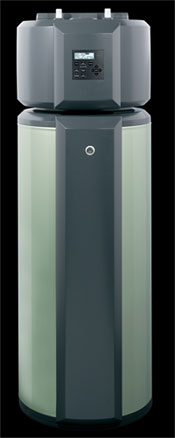 Tankless water heaters always seemed to make a lot of sense to me. I mean, hot water on demand as opposed to hot water sitting and waiting — seems smart, right? Everytime I go away on vacation, I lower the temp on my water tank to conserve energy, but I know I’m in a small minority. Most people probably go along heating water even when they’re not home for extended periods of time.
Tankless water heaters always seemed to make a lot of sense to me. I mean, hot water on demand as opposed to hot water sitting and waiting — seems smart, right? Everytime I go away on vacation, I lower the temp on my water tank to conserve energy, but I know I’m in a small minority. Most people probably go along heating water even when they’re not home for extended periods of time.
Which is why I’m jazzed about GE’s new line of tankless water heaters. For those that don’t need tankless, the electric-hybird heater they’ve got waiting in the wings looks pretty sweet as well. According to the release, the gas tankless on-demand heaters will “save 25 percent in water heating costs on an annual energy bill in comparison to a standard 40-gallon gas tank.” Additionally, the unique design can help avoid up to 25 percent of CO2 emissions tied to water heating.
Even better, earlier today the U.S. Department of Energy created the first ENERGY STAR standard for water heaters. Ironically, water heating was the only major residential energy product that did not have an ES designation — even though it’s one of the largest energy consumers in the household.
Of course, not everyone has access to gas (and truly, for those of us building green homes, reducing the use of fossil fuels is probably on the short list) so GE is getting ready to launch an Electric-Hybrid water heater for next year. According to early tests, this hybrid would reduce typical water heating energy consumption by more than half. While the typical home might use 4800kwh/year, the GE model consumes only 2300kwh/year. Plus, it would retain the same footprint of standard water heaters allowing easy installation.
The Selsam SuperTurbine Will Submerge During Rough Seas!
The Selsam SuperTurbine is one of the best designs I’ve seen yet for a wind turbine that can survive the hostile open seas. It also looks like it might be a bit of a bitch to navigate through with a tanker — not to mention the description states “the SuperTurbine probably won’t sink a vessel.” Makes you feel warm and cozy inside, doesn’t it? Still, based on designs, it looks like the pitch of the turbine should be high enough to keep you safe.
The advantages of this design are many. First, during large and fierce storms, these deep water turbines may intentionally lay down by flooding chambers, or even completely submerge to survive. Bonus! Second, flotation near the surface forms a fulcrum, with the weight of the rotors and driveshaft balanced by a downward force from the mooring below. According to the site, this allows the turbine to bend similar to arching your back to take advantage of wind patterns much more easily. Additionally, the rotors can be staggered, spiral, or in line.
Tesla Gives Us A Magical Mystery Tour Of Lithium Battery Recycling
One of the largest misconceptions of electric cars is that the world will suddenly be inundated with toxic batteries that will seep into ground water, kill your dog, and practically ruin your marriage. Fortunately, battery recycling for green vehicles has been well planned out — even if there currently aren’t many electric-powered cars on the road to be concerned about. Showing us exactly what is possible, Kurt Kelty — an engineer that works for Tesla Motors — recently posted an interesting “Mythbusters” segment on battery recycling — what they’re made of and how they’re disposed of.
Some fascinating tid-bits: First, the Tesla Roadster’s battery pack or Energy Storage System (ESS) contains no heavy metals or toxic materials. By law, this means they could technically be disposed of in a landfill with no problems. However, their usefulness extends beyond pushing a car 0-60 in less than 4 seconds. Apparently, there are major differences in the demands on a battery for use in a high-performance sports car unlike, say, providing backup for a solar array. In fact, once the lithium packs are no longer performing well for the roadster, they may be recommissioned to be used as a power source for off-grid backup or load leveling.
GE Announces Breakthrough For Low-Cost Organic LED Production
Energy for lighting is one of the main resource hogs around the world. Staring at an image of the earth at night, it doesn’t take much to see how dependent we are. The recent shift to the CFL bulb has helped ease the burden of paying for energy costs, but its role in the lighting world may only be a stepping stone to the next, great efficient successor: the LED.
LEDs (or Light-Emitting Diodes) will slowly become the lighting standard over the next decade. But light bulbs won’t be the only products to take advantage of their efficient properties. A variety called OLED (or Organic Light-Emitting Diode) are thin, organic materials sandwiched between two electrodes, which illuminate when an electrical charge is applied. This technology is behind all those cool flexible displays and electronic ink displays we’re always seeing. They’re so thin, that they could be applied to rooms as a type of wall paper to glow at the touch of a finger or when someone enters the room. Till now, the process of commercially manufacturing OLEDs has remained expensive. However, a recent breakthrough from GE hopes to lower the cost-barrier and show that OLED can be created “roll to roll”. From the article,
Electronic Tattoo Display Draws Energy From Your Blood
We’ve all heard of alternative sources of energy from sunlight, water, and wind — but how about blood? An inventor by the name of Jim Mielke has created a bluetooth-ready, wireless, blood-fueled display that uses tiny microscopic spheres, somewhat similar to tattoo ink, to display images. Here’s how it works:
The basis of the 2×4-inch “Digital Tattoo Interface” is a Bluetooth device made of thin, flexible silicon and silicone. It´s inserted through a small incision as a tightly rolled tube, and then it unfurls beneath the skin to align between skin and muscle. Through the same incision, two small tubes on the device are attached to an artery and a vein to allow the blood to flow to a coin-sized blood fuel cell that converts glucose and oxygen to electricity. After blood flows in from the artery to the fuel cell, it flows out again through the vein.
Cutting Down on Cooking Costs: Green SAHM’s Got Some Tips
Green SAHM is one of my favorite blogs in my RSS reader. Her latest post is on saving energy when cooking. Tips vary from keeping a lid on the pot on the stove, to analysis of energy costs of different cooking methods (microwave, electric oven, gas oven, slow cooker. Definitely worth a look!
From How to Use Less Energy While Cooking
Green Ideas We’d Like To See: The Electric Super Tipper Truck
As a kid, no sandbox was complete without a fleet of Tonka dump trucks. Today’s kids have much cooler options; particularly if this design from Haishan Deng makes it from the drawing board and into the real world. It’s called the Super Tipper Truck and features independent suspension and electric motors in all four wheels. This allows for greater versatility in loading and unloading positions; as well as the ability drive down into pits and deliver cargo — something normal tipper trucks would have difficulty doing.
For more details, as well as a great in-depth interview with the designer, head on over to gizmag.
Beijing’s Olympic Aquatic Centre Is A Green Wonder
Just in time for the 2008 Olympic games in Beijing, the official grand opening of the Olympic Aquatic Centre took place this past Monday in celebration of its unique architecture and eco-friendly characteristics.
The building, four years in the making, is nicknamed the “Water Cube” and is a rectangular-shaped steel design covered by a membrane of brightly lit blue bubbles. Not only are these stunning to look at, but they also serve an important purpose in reducing energy costs by 30%. The membrane is made out of a material called ETFE, (Ethylene Tetrafluoroethylene) which absorbs solar radiation and reduces thermal loss. Very similar, I suppose, to the way a solar cover works on a pool.
Not only is ETFE recyclable, but it’s also very strong; capable of bearing up to 400 times its own weight. Gizmag fills us in on additional details,
New Eco-Friendly Washing Machine Takes Only 14 Minutes To Get The Job Done
Got 14 minutes? With this new eco-friendly washing machine from Beko, you’ll be throwing some clean clothes up on the line pretty quick. Its latest release is a tricked-out, energy efficient marvel with a 14-minute wash cycle. The benefits for those that are energy-conscious are evident, but the technology inside this thing also calculates the exact amount of water required according to the type and quantity of the laundry. For those suffering through some intense droughts, this might be a wonderful option for conservation.
Beko has already received an eco-award for its energy efficiency. The only thing one hopes is that the models will be carried beyond the UK. Current price is a reasonable £349.
Smaller, Smarter Inverters Equal Cheaper Solar, Greater Efficiency
One the largest hurdles to people and businesses embracing solar energy is the cost. The panels themselves make up a great deal of total expense, but there are also additional components to consider to get that energy working with your home. The most common accessory to any good solar installation is the inverter. This piece of equipment converts the solar panel’s DC energy to AC. A new firm called Enphase Energy hopes to remove this cost and produce micro-inverters; so small that each panel will receive their own. From the article,
Ducted Wind Turbine Provides Efficient Rooftop Energy
A company named Marquiss Wind Power has successfully finished raising $1.3 million for development of its Ducted Wind Turbines. Unlike their much larger counterparts, ducted turbines are boxy and stand about 19ft tall. Despite what appears to be aerodynamic disadvantages, this shape actually allows the turbine to re-orient itself according to the direction of air flow; something that can be a bit random in urban centers. The ducting is intended to increase wind speed as it approaches the blades. According to the website, these factors combine to allow the power output from the MWP turbine to exceed that of any traditionally designed comparable turbine. From the article,
At the moment, two models are sold — one intended for areas with wind speeds of 6-10 mph, and another for higher average speeds. The turbines are intended for buildings between one and three stories tall.
It sure ain’t elegant — but there’s a lot of science at play with this design. I especially like that AeropointT500 can operate in low wind speeds. I have no ideas on price — but hopefully that $1.3 million will go a long way to fleshing this product out a bit more.
New Solar Collector So Efficient It Works At Night
While we’ve seen solar cell efficiency squeak past 40% in labs this year, we’re still stuck commercially with panels that at most convert about 20% of what hits them into energy. Then there’s the whole “darkness” thing that cuts into production for part of the day.
Researchers at the Idaho National Laboratory have potentially solved both issues by turning to another hot field: nanotechnology. From the article,
With this new technology, millions of extremely small twists of metal are molded into banks of “microantennas”, which can be placed on almost any material, including plastic sheets. These spiral shaped “microantennas” are about 1/25 the width of a human hair. They are so small that they resonate from the interaction with the sun’s infrared rays. This resonation can be translated into energy. During the day, the Earth soaks up a lot of this infrared energy, which is then radiated out at night — enabling these microantennas to collect power even after the sun has set.
The Venturi Astrolabe: A Street-Legal Formula One Solar Car
With a top speed over over 70mph and a range of almost an equivalent amount, the Veunturi solar car allows you to draw stares while commuting to work in Formula One style. 3.6 sqm of photovoltaic cells operating at 21% efficiency work to power what is considered the first ever commercial vehicle that’s capable of using absolutely no fossil resources. From the site,
“Capable of working with very little energy (16 kWc motor) and of recharging even when in motion, this vehicle of another era does not need to be permanently exposed to the sun in order to move. Its last-generation NiMH Venturi NIV-7 batteries ‘liquid cooled’ in fact enable it to restitute stored energy, whether solar or from the electricity supply, making it the first electro-solar hybrid vehicle. To attain this level of performance while using very little energy, Astrolab has been designed like a Formula 1 : its carbon monocoque chassis is ultra-light and serves as an oversized protection cell ensuring the safety of its occupants in the event of a collision. Its profile recalls the aqua-dynamic design of great racing yachts.”
Yum.

